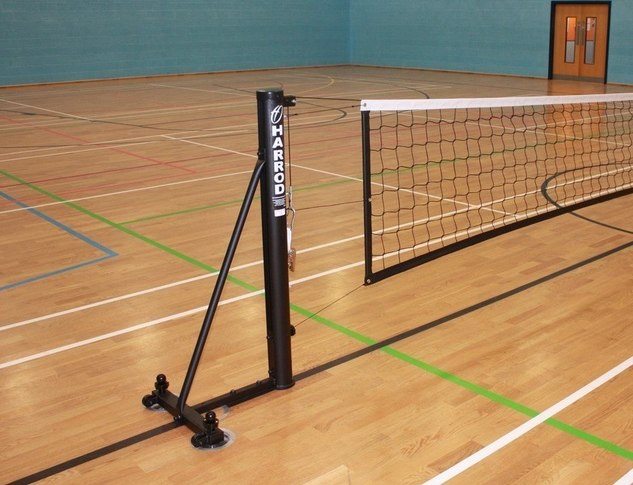Sitting volleyball camps in Antalya

Sitting Volleyball or ParaVolley
Volleyball, which reached and became popular in the Netherlands thanks to Peder Simon Bais, covered a long distance with the involvement of athletes with disabilities, obtained because of the Second World War. Holland got acquainted with a new sport - sitting volleyball. Sitting volleyball or paravolley was originally under the tutelage of the Dutch Veterans' Society, but then in 1961, with the development of more and more civilians, it became an independent sport. In the same year, the Sports Fellowship for Disabled People of the Netherlands was established.
it became an independent sport. In the same year, the Sports Fellowship for Disabled People of the Netherlands was established. Since then and to this day, sit-down volleyball has become one of the most widespread games among the Fellowship. Along with wheelchair basketball, this sport has become one of the most popular sports both nationwide and internationally.
At the 1976 Toronto Paralympic Games, sitting volleyball was put on the list ostentatiously, but it took another 4 years for it to become a full-fledged Paralympic sport. At the 1980 Paralympic Games in Arnhem in the Netherlands, the expected happened and the Netherlands national team won gold medals.
Sitting volleyball is even more popular than ever before. More than 50 countries have courts for sitting volleyball, so volleyball is played on five continents. In Turkey, seated volleyball is being developed under the auspices of the Federation for people with disabilities.
Sitting Volleyball Classification
In sitting volleyball, according to the classification, there are 10 athletes with disabilities in each team, of which two are with minimal physical disabilities. There are 5 athletes with disabilities in the game, of which one with minimum physical disabilities. During a substitution, each athlete replaces the other in his classification. Substitutions outside these rules are prohibited.
Who Can Play Sitting Volleyball
- People with amputees
- People with impaired limb functions. People with paralysis of the arms and legs, ankylosis of the limbs (loss of motor functions), short legs, curvature of the spine (scoliosis), dwarfs, endoprostheses, cerebral palsy.

Basic Rules of the Game of Paralympic Volleyball
Besides the size of the court and the height of the net, there are two main different rules in seated volleyball.
- It is allowed to block the opponent's serve.
- Position of players on the court
- Players during the service or block of the opponent's service are not allowed to lift their buttocks off the floor.
- During the defence against the service, the opponents are not allowed to stand up or raise their body.
- On the service and attack line (midfield line), the thigh cannot completely cross the line.
- Hip detects line violation.
Sitting Volleyball Clothes and Equipment
Players are allowed to wear sweatpants and shorts. Protective bandages are allowed. However, bandages with protruding dots or other properties that could be dangerous to other players may be considered by the referee as dangerous items and therefore may be prohibited. Players can play with shoes, socks or barefoot. Players cannot use orthoses and prostheses that can harm themselves or their opponents.
Court dimensions
The playing field for seated volleyball has an area of 10 by 6 meters. Sidelines are also included in the court. The central line divides the site into two halves, each measuring 5 by 6 meters.
Attack lines are drawn parallel to the center line. The service area is indicated by two lines each 15 centimetres long, located at the end of each half of the field within the service area.
Net and pillars
The net height is 1.15 m for men and 1.05 m for women. The length of the net in sitting volleyball is 6.5 m and the width is 0.8 m. The height of the posts must be at least 1.25 m.

